The Neuropathic Pain Market is characterized by intense competition among key industry players. These companies are continually innovating and expanding their portfolios to gain a competitive advantage.
With an increasing prevalence of neuropathic pain conditions, driven largely by factors such as diabetes, cancer treatments, and neurological disorders, the demand for effective therapies is rising. Companies are investing heavily in new treatment discovery.
They are also improving existing ones to address the unmet needs of patients suffering from neuropathic pain. The market landscape is marked by the introduction of novel drugs, strategic partnerships, and collaborations.
These initiatives are aimed at enhancing therapeutic effectiveness and reaching a broader patient base. Competitive dynamics are influenced by various factors, such as pricing strategies, regulatory approvals, and market penetration efforts.
This makes it crucial for companies to closely monitor their competition and adapt to the evolving market trends. A proactive approach is essential for sustained success in this competitive environment.
Astellas Pharma
Astellas Pharma has established a notable presence in the Neuropathic Pain Market. The company's strengths lie in its robust research and development capabilities, which enable the discovery and development of innovative solutions for neuropathic pain management.
Astellas Pharma focuses on harnessing cutting-edge technology to enhance therapeutic efficacy and patient outcomes. This positions itself as a trusted player in the marketplace.
The company has successfully launched several products that target neuropathic pain, gaining traction among healthcare providers and patients alike. Astellas Pharma's strategic initiatives to collaborate with clinical researchers and institutions further enhance its competitive edge.
This allows for the exploration of novel approaches to pain management and solidifying its reputation in the field. Their commitment to partnerships drives further innovation.
Novartis
Novartis has made significant strides in the Neuropathic Pain Market, leveraging its extensive research and development pipeline to deliver robust therapeutic options. The company is known for its core portfolio of medications that address various aspects of neuropathic pain.
These medications provide effective alternatives that resonate well with healthcare providers. Novartis's presence in the market is reinforced by its commitment to innovation and patient-centered solutions, which includes a focus on emerging biologic therapies.
The company's strengths are further showcased through mergers and acquisitions that have expanded its capabilities and reinforced its position in neuropathic pain management. This proactive approach allows Novartis to adapt to changing market conditions.
They also continue meeting the growing demand for effective pain relief strategies on a global scale. Their diverse strategies ensure a strong and adaptive market presence.
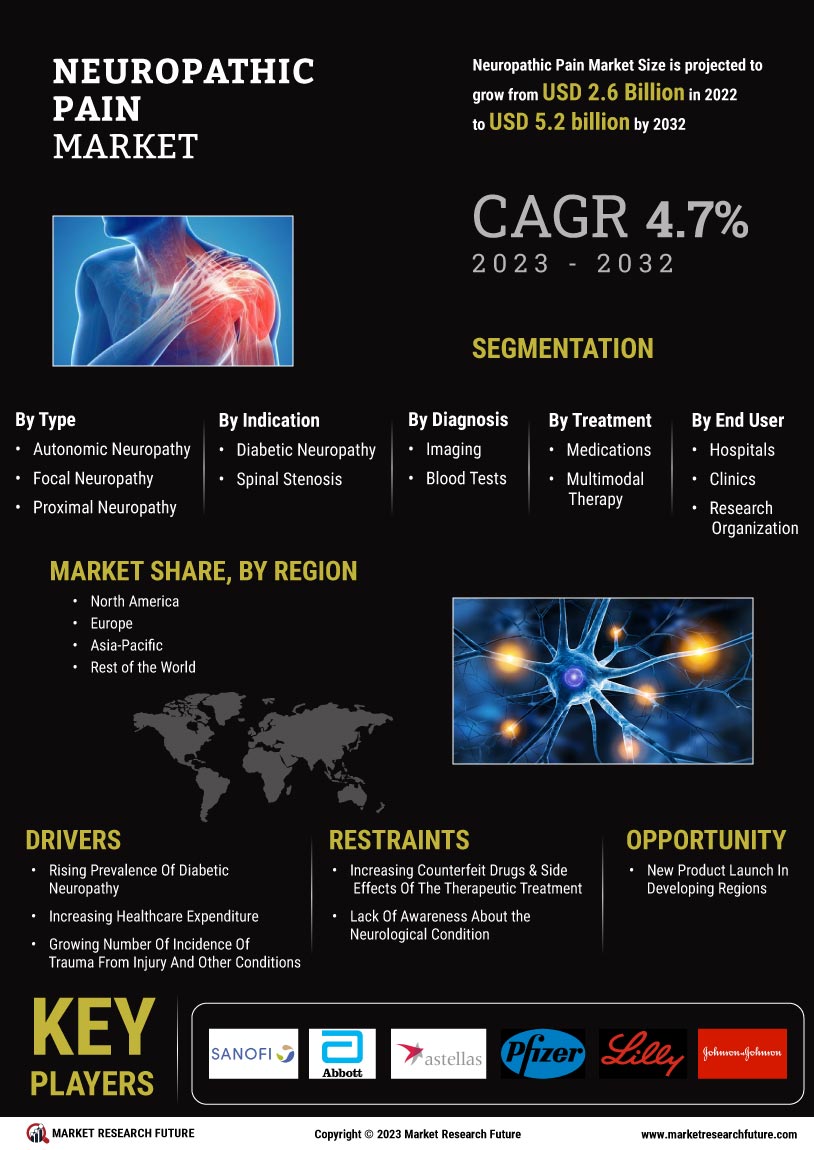

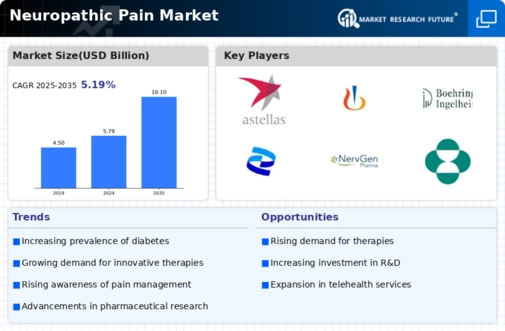
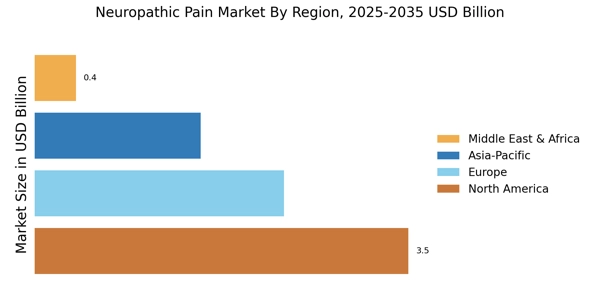
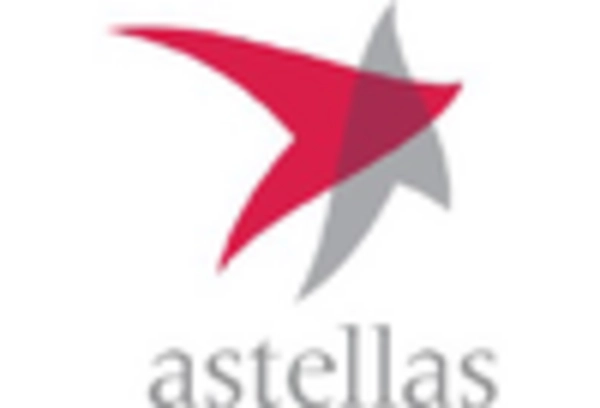

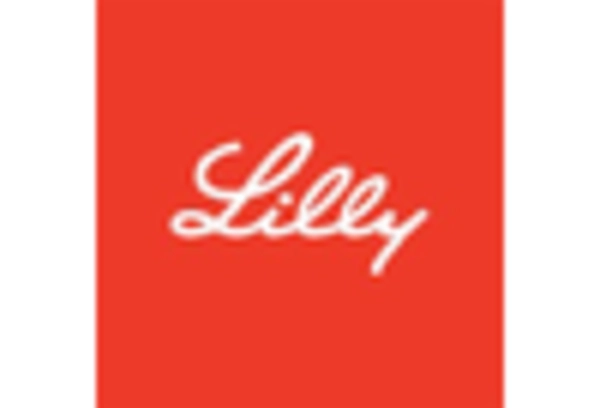











Leave a Comment